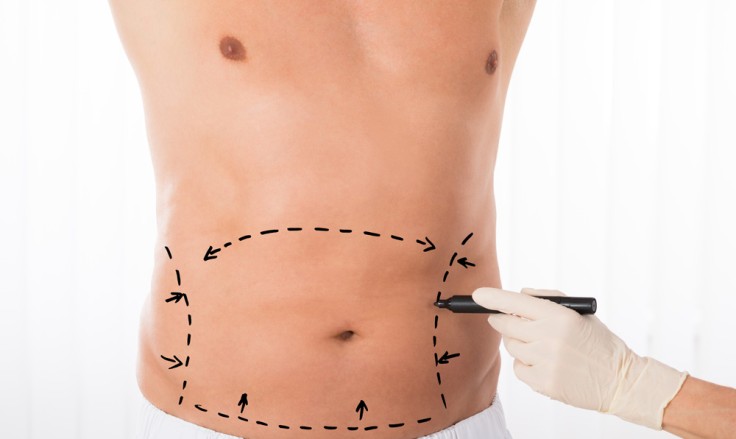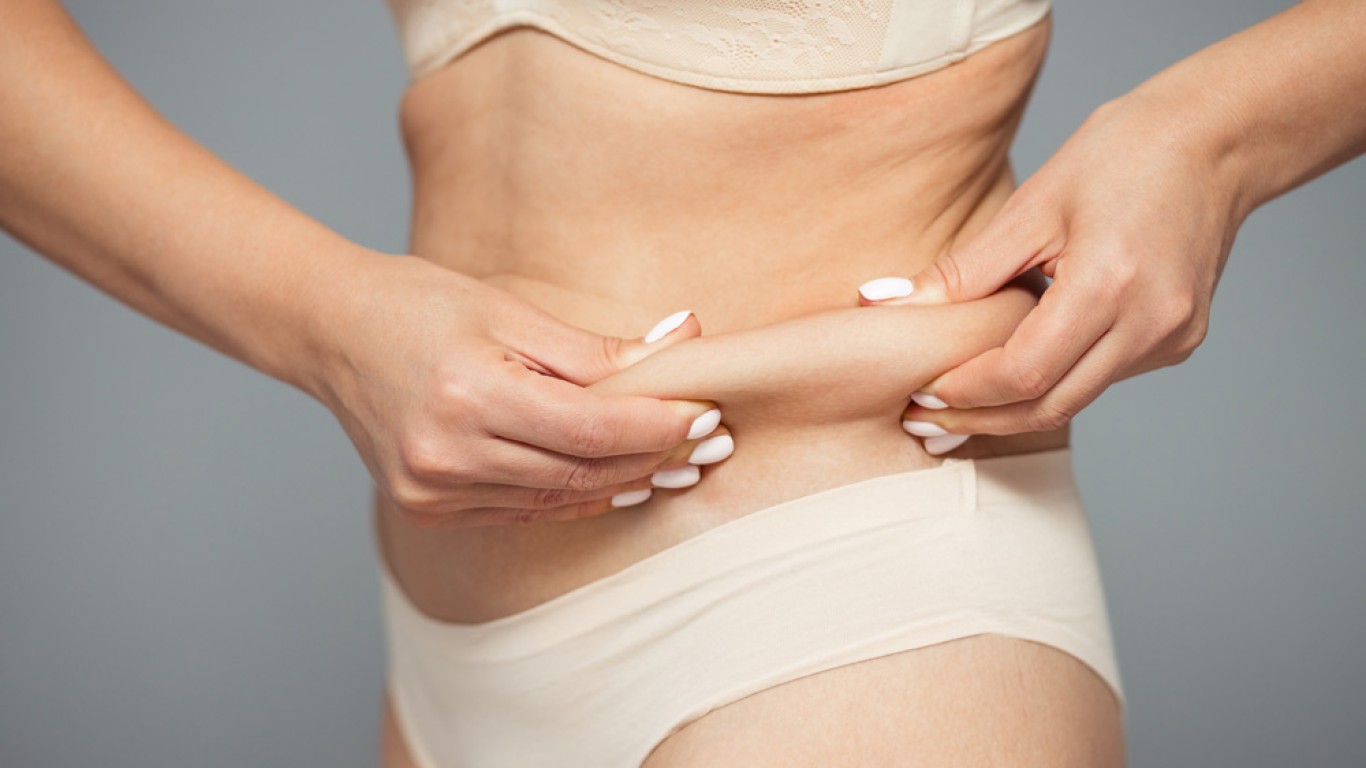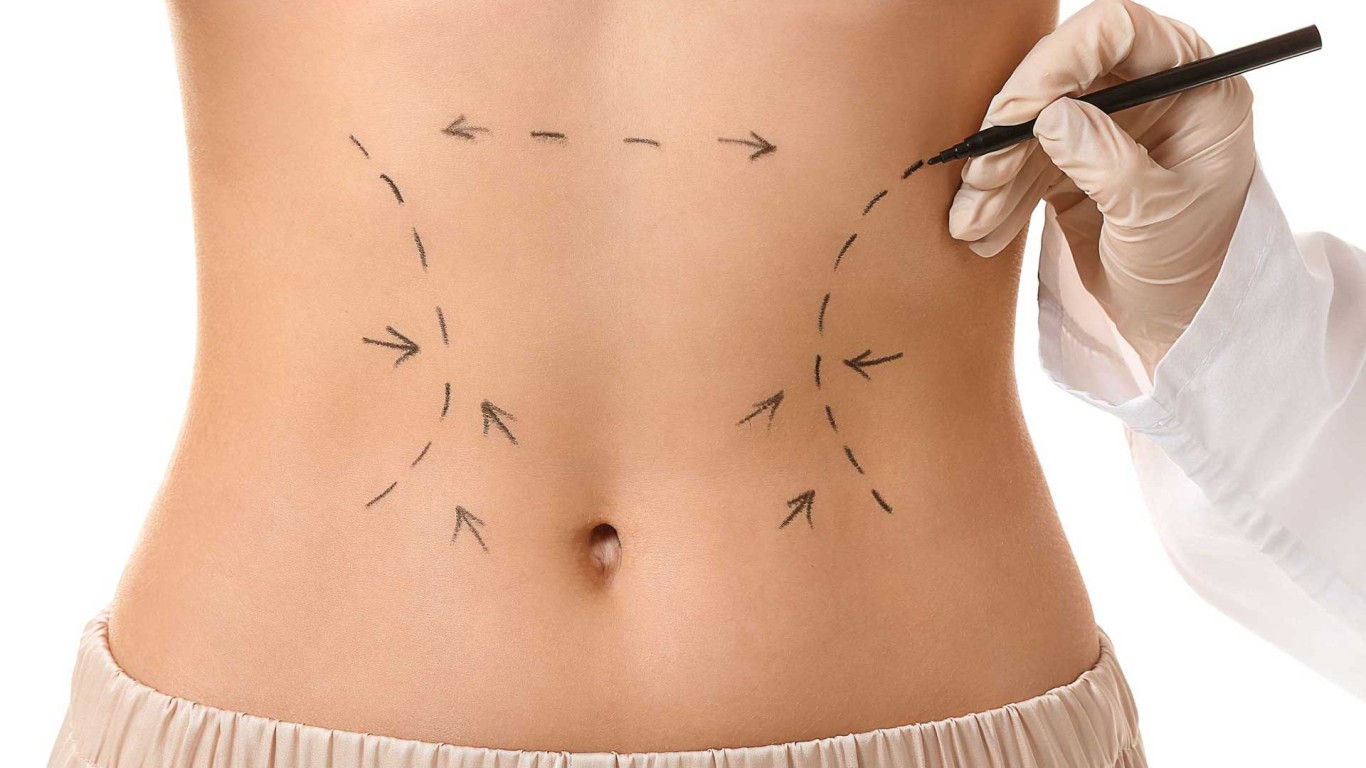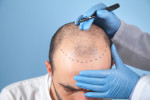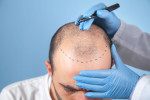Introduction
Liposuction is a popular body contouring procedure that removes stubborn fat deposits. While it is not a weight-loss solution, it enhances body shape and proportions. Understanding key liposuction tips ensures a smoother recovery and better results. This article explores crucial preparation steps, post-surgery care, and long-term strategies to maintain results. By following expert advice, patients can improve their experience and optimise their outcomes. Additionally, knowing what to expect can reduce anxiety and support better decision-making.
Preparing for Liposuction Surgery
Proper preparation is essential for a successful liposuction procedure. Following these guidelines ensures a safer surgery and better recovery.
- Consult a Qualified Surgeon. Choosing an experienced, board-certified surgeon is crucial. They assess your suitability and customise your treatment plan.
- Maintain a Healthy Lifestyle. A balanced diet and regular exercise improve skin elasticity and aid healing.
- Quit Smoking. Smoking impairs circulation and increases the risk of complications. Stop at least four weeks before surgery.
- Avoid Certain Medications. Blood thinners, aspirin, and anti-inflammatory drugs should be discontinued before surgery.
- Stay Hydrated. Proper hydration supports overall health and aids recovery.
- Plan for Recovery. Arrange time off work and have assistance available for the first few days post-surgery.
- Follow Pre-Operative Guidelines. Your surgeon may advise fasting, stopping certain supplements, and preparing your home for post-surgical care.
What to Expect on the Day of Surgery
Liposuction is usually performed under local or general anaesthesia. Understanding the surgical process helps reduce anxiety and ensures preparedness.
- Arrival and Pre-Surgical Preparations. The medical team performs final evaluations and marks treatment areas.
- Anaesthesia Administration. Depending on the extent of liposuction, local or general anaesthesia is used.
- Fat Removal Process. A cannula inserted through small incisions removes fat via suction technology.
- Duration of Surgery. The procedure typically lasts between one and three hours.
- Immediate Post-Surgery Monitoring. Patients are observed in a recovery area before discharge.
- Post-Operative Instructions. Surgeons provide guidance on managing discomfort, wearing compression garments, and preventing complications.
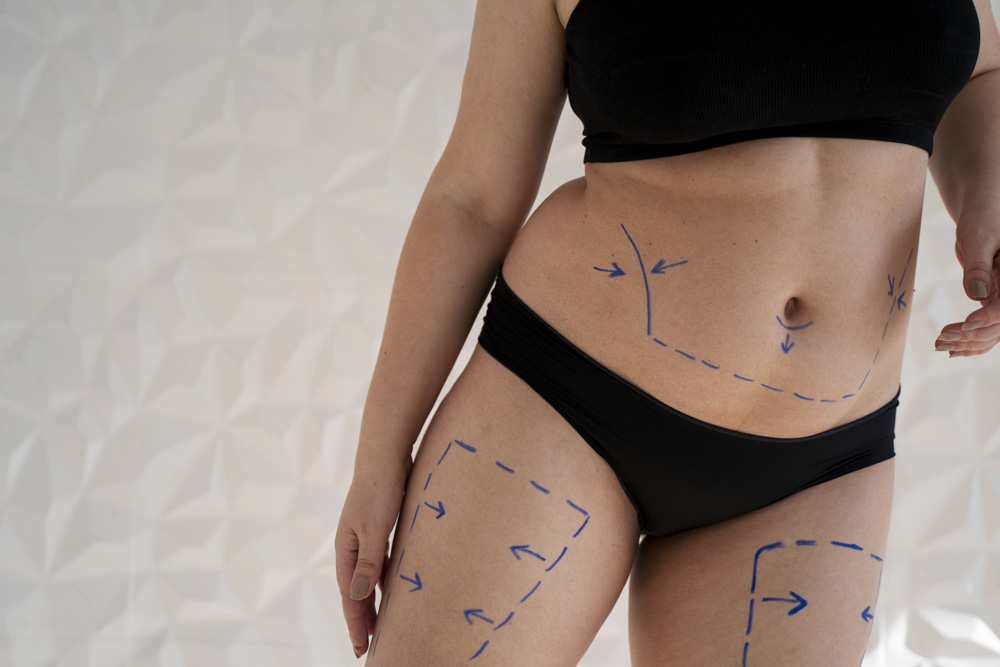
Post-Surgery Recovery Guidelines
Following the correct recovery steps is essential for healing and achieving the best results.
- Wear Compression Garments. These garments reduce swelling, improve contouring, and support healing.
- Manage Pain and Swelling. Pain medication and cold compresses help alleviate discomfort.
- Avoid Strenuous Activity. Light movement is encouraged, but intense exercise should be avoided for at least four weeks.
- Follow a Healthy Diet. Nutrient-rich foods support tissue repair and reduce inflammation.
- Monitor for Complications. Look for signs of infection, excessive swelling, or unusual pain and report concerns immediately.
- Attend Follow-Up Appointments. Regular check-ups ensure proper healing and address any concerns.
- Stay Mobile. Short walks improve circulation and reduce the risk of blood clots.
- Sleep in an Elevated Position. Keeping your head and body slightly elevated minimises swelling and enhances comfort.
Long-Term Maintenance for Lasting Results
Maintaining results requires commitment to a healthy lifestyle and good habits.
- Maintain a Stable Weight. Weight fluctuations can affect liposuction results.
- Adopt a Balanced Diet. Eating whole foods, lean proteins, and healthy fats prevents fat accumulation.
- Stay Active. Regular exercise helps tone muscles and maintain results.
- Hydrate and Moisturise. Drinking water and using skin-nourishing products keep skin firm and healthy.
- Follow Skincare Practices. Regular exfoliation and sun protection prevent skin damage and sagging.
- Consider Lymphatic Massages. These can help reduce swelling and improve fluid drainage after surgery.
- Monitor Your Body. Changes in weight, skin elasticity, or overall health can influence your long-term outcomes.
Common Misconceptions About Liposuction
Understanding what liposuction can and cannot do helps set realistic expectations.
- Liposuction Is Not a Weight-Loss Surgery. It refines body shape but does not replace diet and exercise.
- Results Are Not Immediate. Swelling can take weeks or months to fully subside.
- Fat Cannot Return to Treated Areas. If weight is regained, fat may accumulate in untreated areas instead.
- Skin Elasticity Affects Results. Loose skin may require additional treatments like skin tightening procedures.
- Liposuction Does Not Remove Cellulite. While it reduces fat deposits, it does not eliminate cellulite or tighten skin.
Supporting Healing and Minimising Scarring After Liposuction
- Proper aftercare plays a vital role in achieving smooth, even results after liposuction.
- Following post-procedure guidelines helps your body heal effectively and ensures minimal scarring.
- Clean, small incisions generally heal well and fade over time.
- Applying recommended scar creams or silicone sheets can improve their appearance further.
- Choosing a skilled, experienced surgeon also contributes to refined results and well-placed incisions.
- Additionally, wearing compression garments supports healing tissues and helps the skin settle smoothly.
- Staying mobile, maintaining hydration, and following all aftercare instructions promote circulation, reduce swelling, and support scar healing.
For those concerned about visible marks, non-invasive scar treatments are available after recovery. By prioritising careful aftercare, patients can enjoy enhanced results and minimal long-term marks.
Liposuction Tips:Psychological and Emotional Considerations
Liposuction is a transformative experience, but it also requires mental preparation.
- Manage Expectations. Understanding that results take time prevents disappointment.
- Prepare for Emotional Changes. Some patients experience mood swings post-surgery due to temporary swelling and healing time.
- Seek Support. Talking to friends, family, or support groups can help ease post-surgical emotions.
- Celebrate Small Milestones. Tracking progress through photos or journaling can boost confidence and motivation.
- Discuss Concerns with Your Surgeon. Addressing worries early helps ensure peace of mind during recovery.
Conclusion
Liposuction offers excellent body contouring benefits when paired with proper preparation and post-surgery care. Following expert liposuction tips enhances healing and ensures long-term success. By maintaining a healthy lifestyle, patients can enjoy lasting results and improved confidence. Consulting a qualified surgeon and adhering to aftercare guidelines are key to achieving optimal outcomes. Emotional well-being is just as important as physical recovery, ensuring a positive overall experience.
For more information and to book a consultation visit the ACIBADEM Beauty Center liposuction page.
Frequently Asked Questions
Most patients recover within four to six weeks, but final results may take months.
Light activities can start after a few days, but intense workouts should wait four weeks.
Yes, fat cells are permanently removed, but maintaining results requires a stable weight.
No, it removes fat but does not tighten excess skin. Additional procedures may be required.
Swelling may last for weeks, but visible improvements appear within three to six months.
